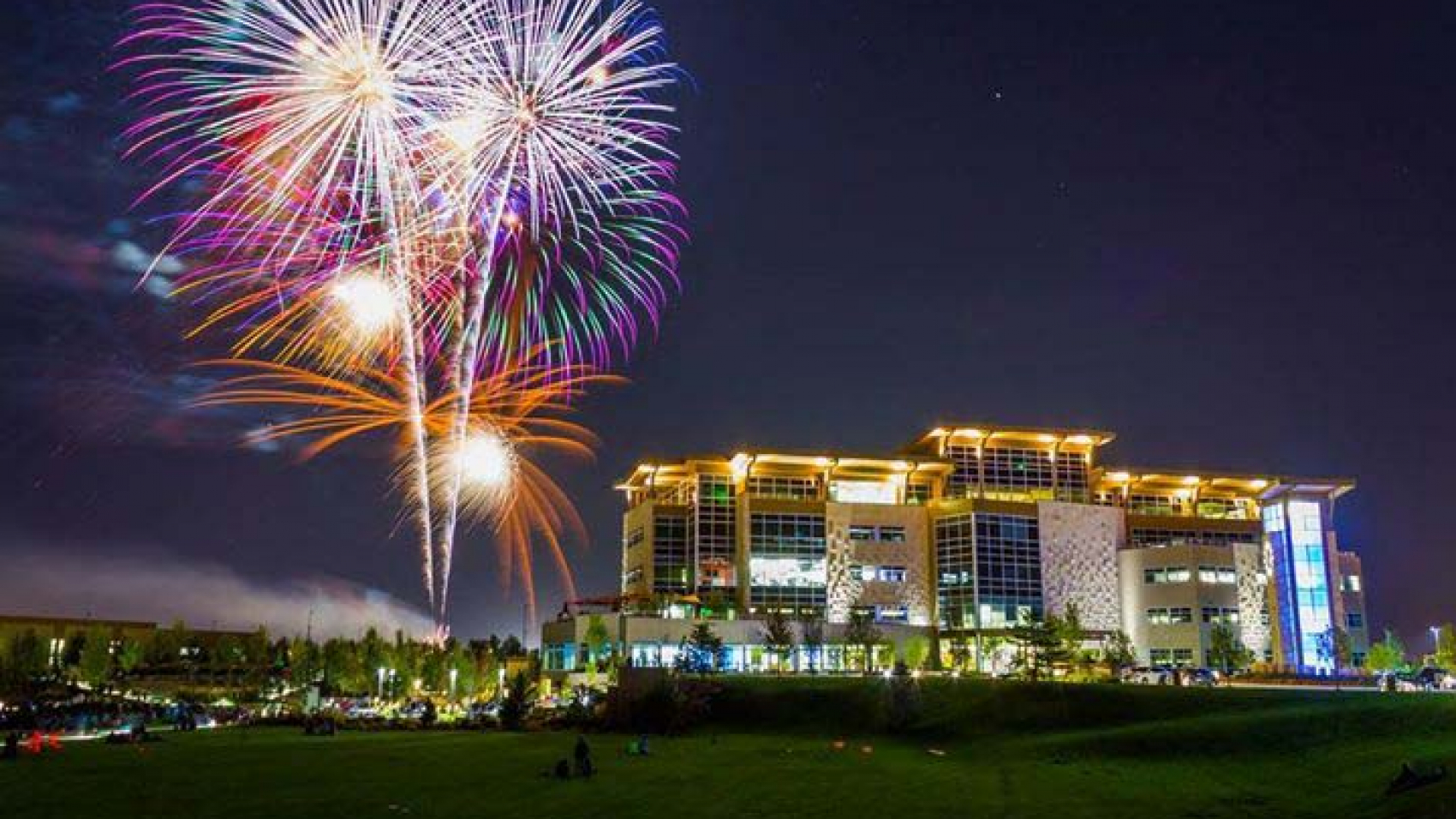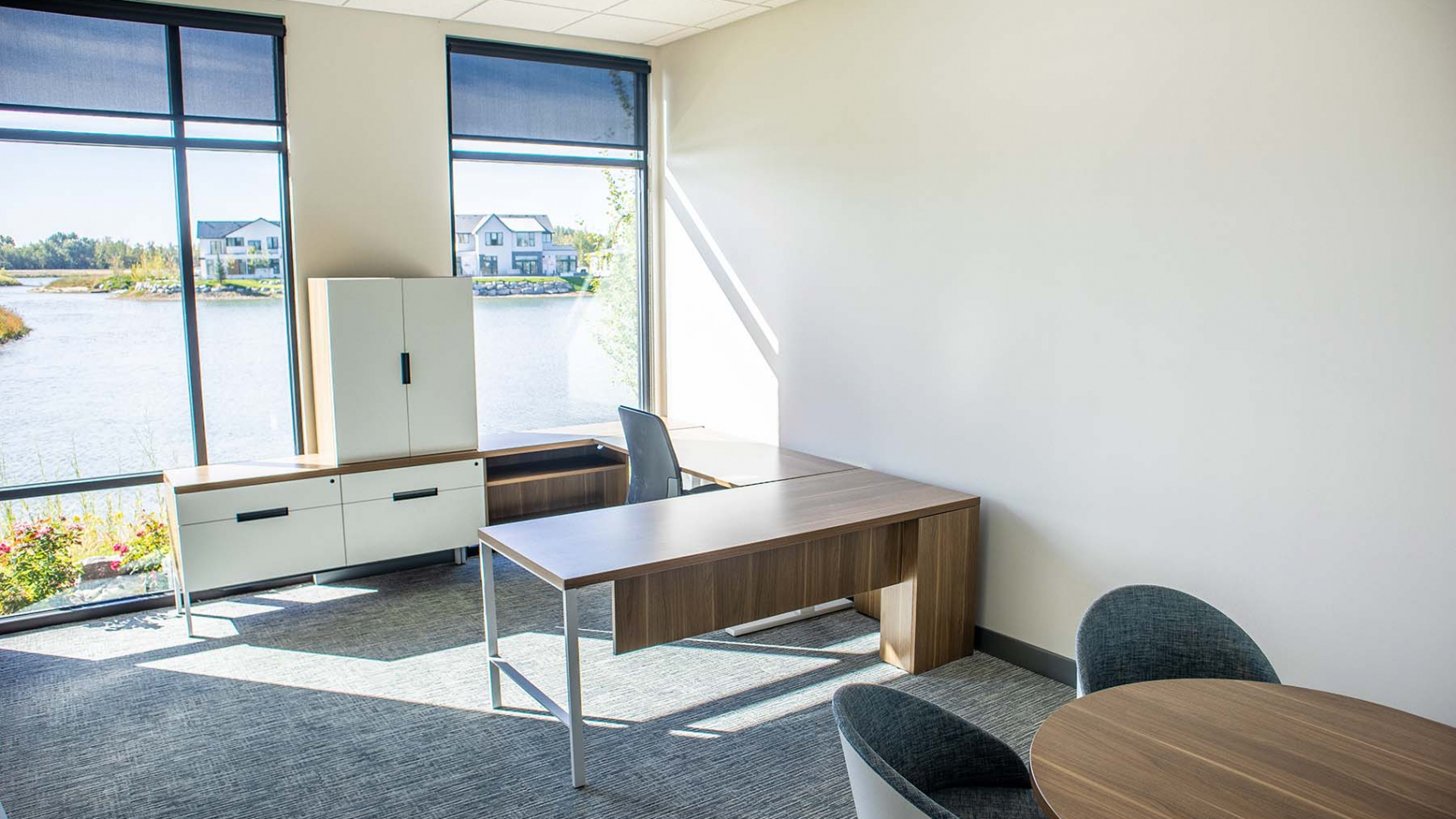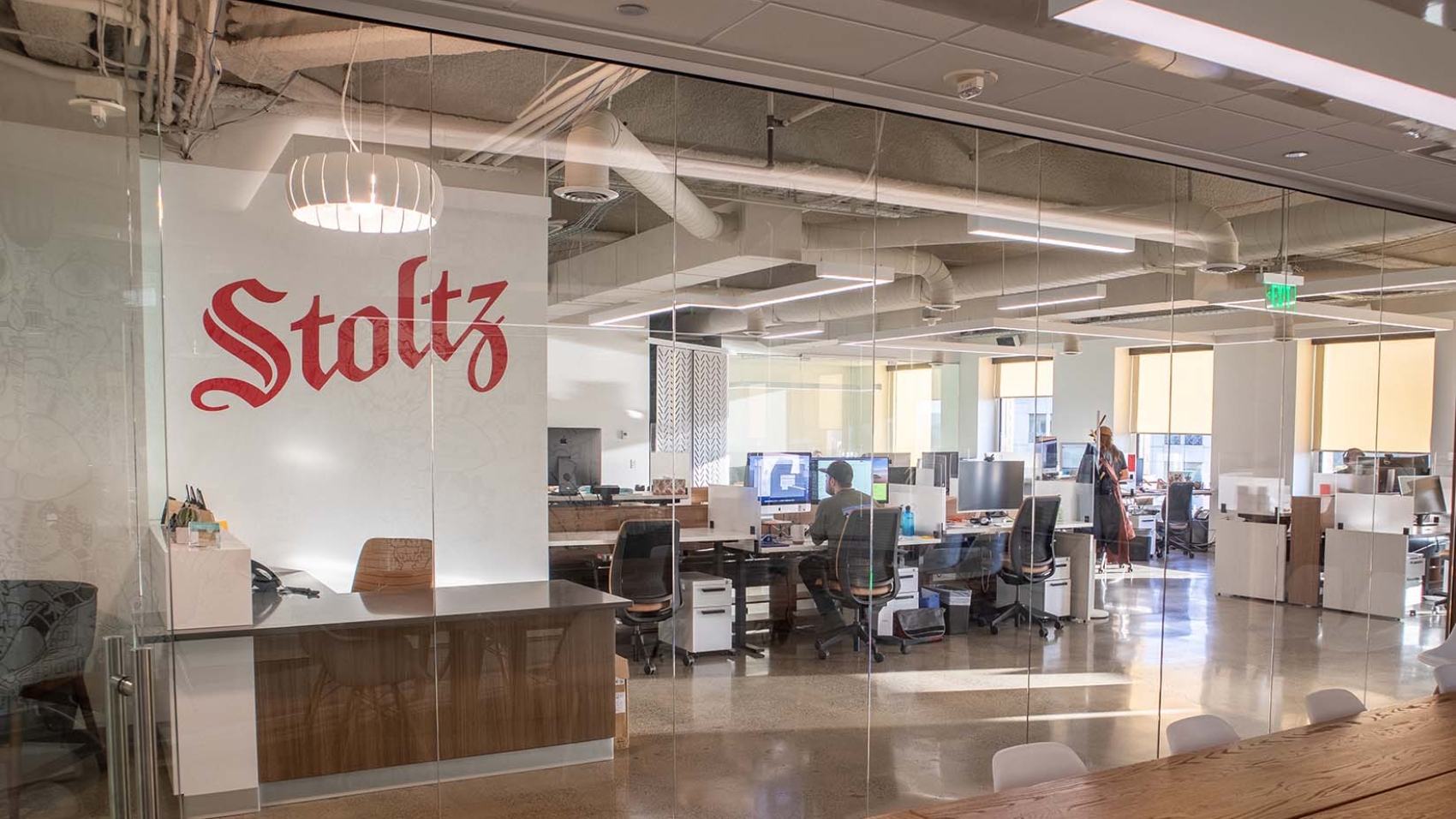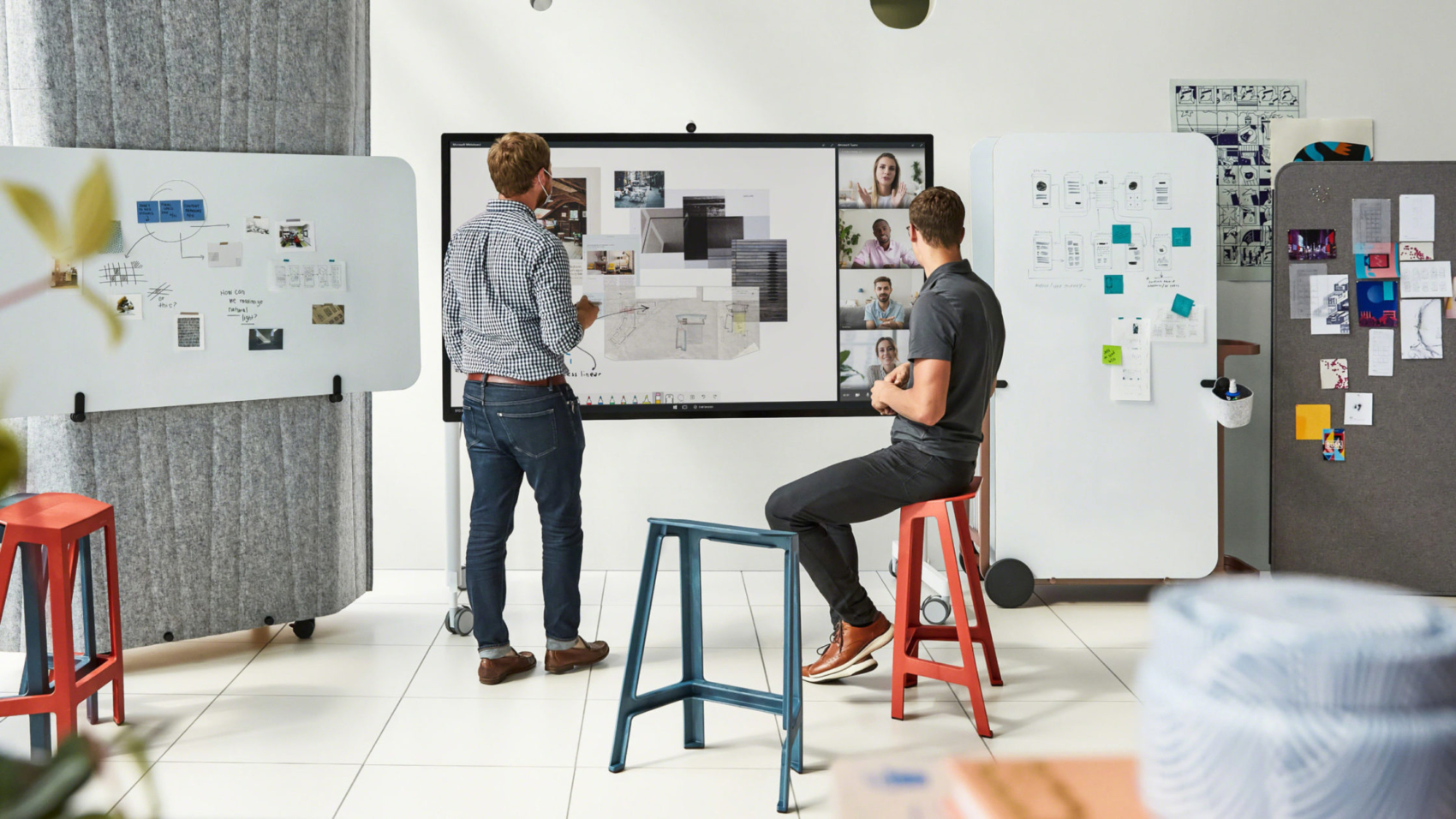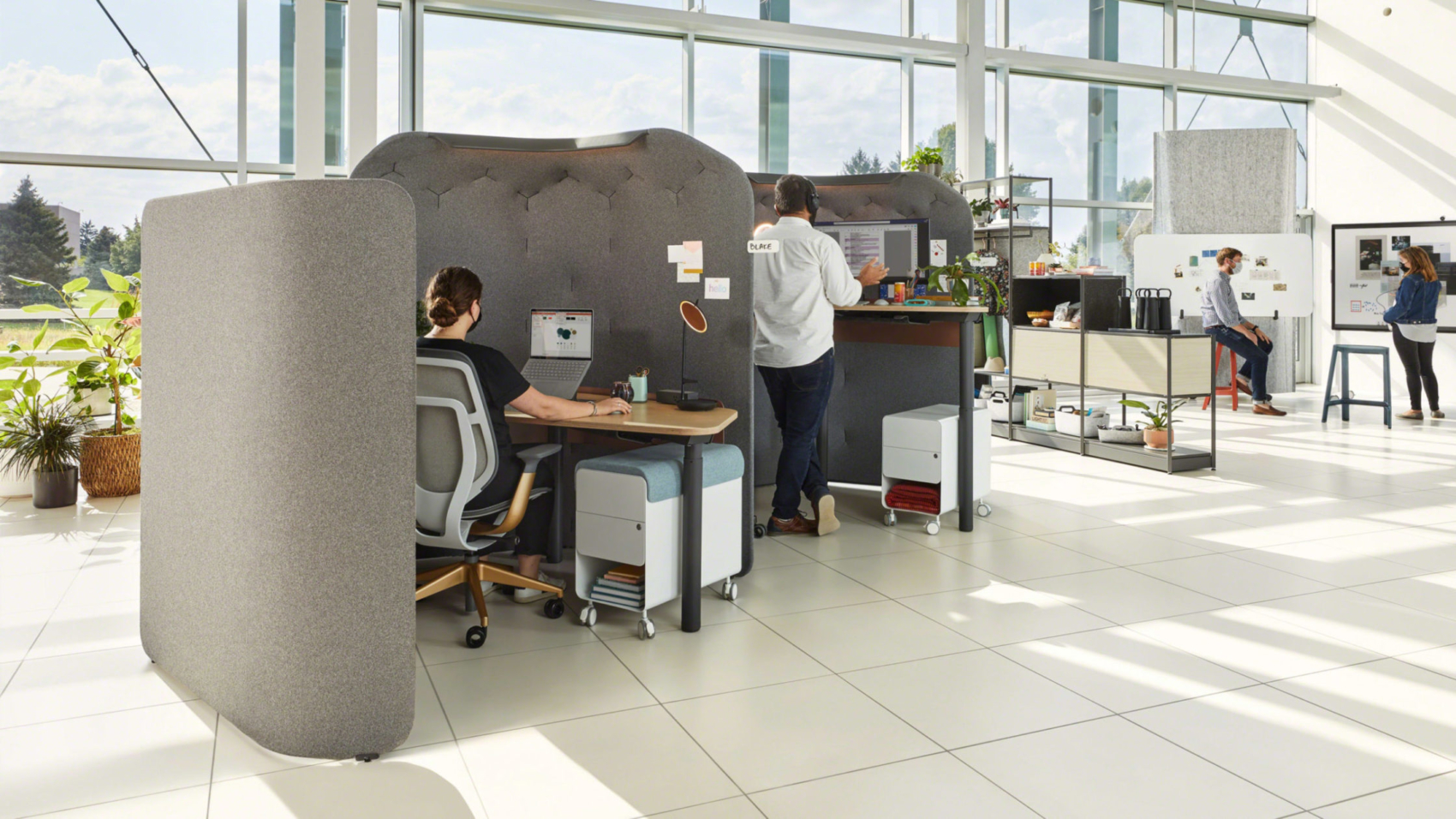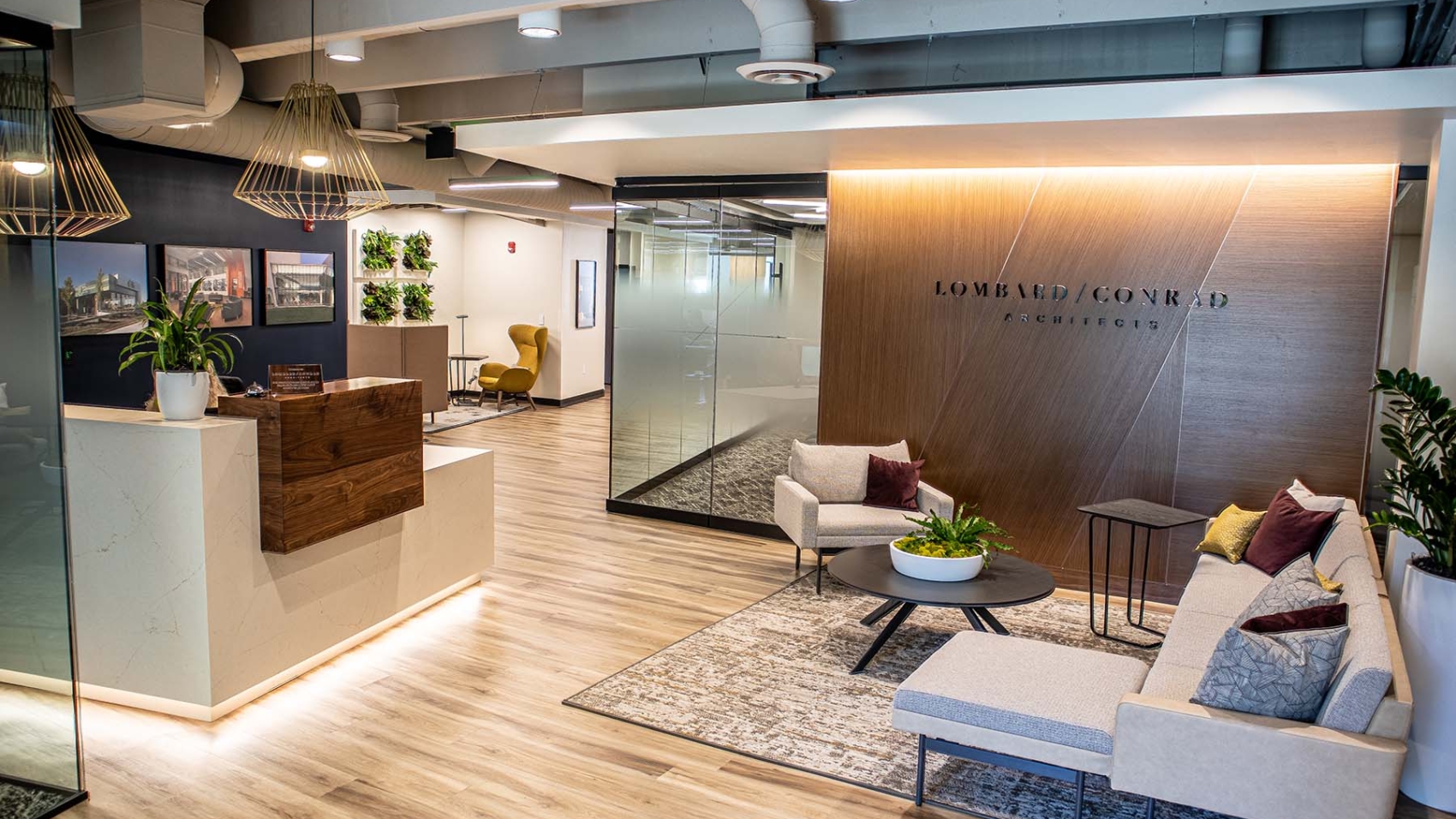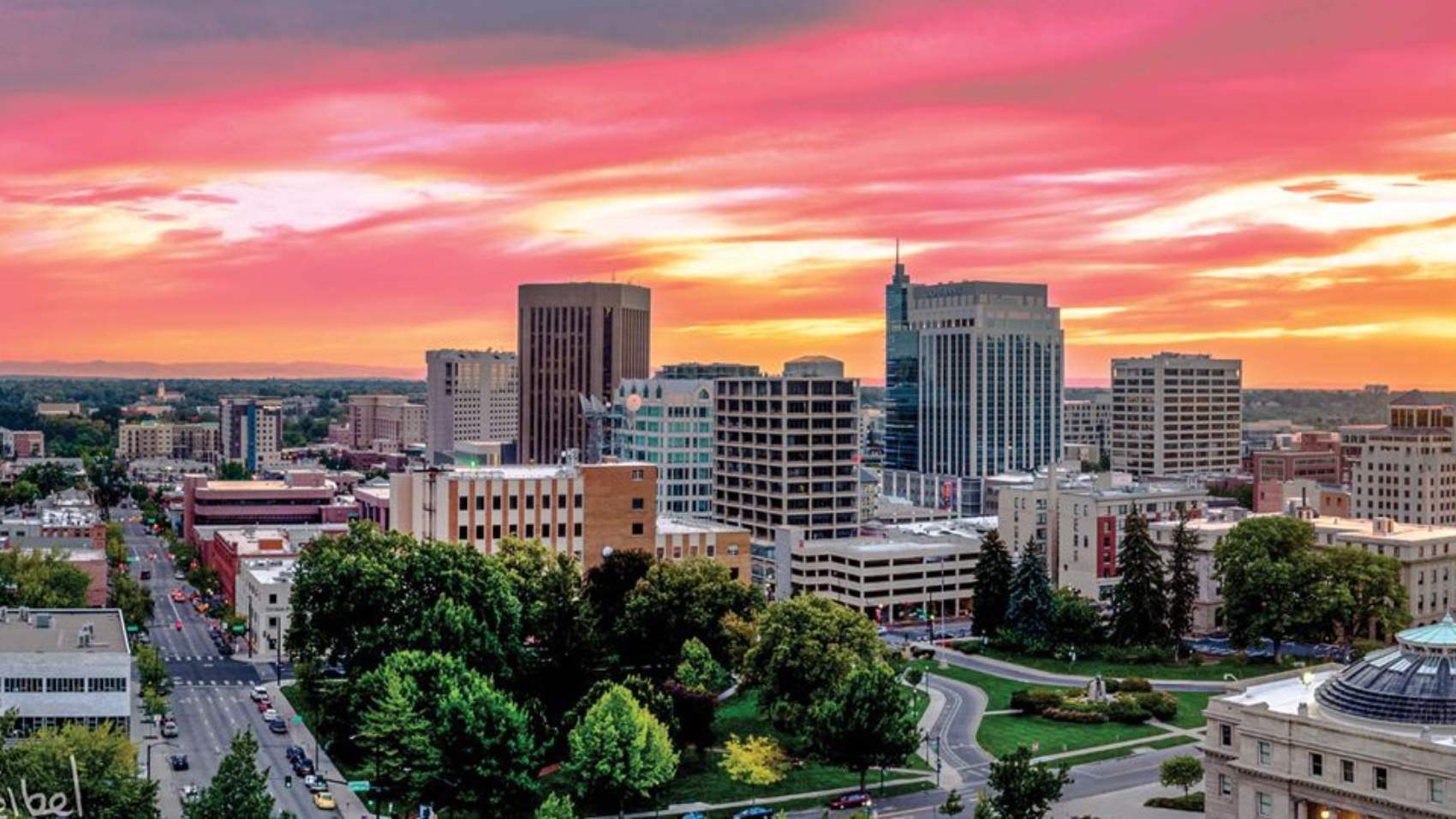Anyone driving by the Scentsy Headquarters in Meridian, Idaho, knows how impressive and beautiful the campus is. They may not realize the work and planning that goes into maintaining the over one million square feet of buildings, green space, public events, and even farming that takes place there. In this article, we are pulling back the curtain to shine a light on the often-underappreciated people who keep the lights on and the toilets flushing: the Scentsy Facilities team.

The Scentsy Standard
Scentsy Facilities Manager Roger Gamble and his team of eleven have the enormous task of keeping the Scentsy Headquarters looking and feeling good. They know that it takes over 3,500 gallons of paint to freshen up their buildings every five years, over 7,000 light bulbs to change on a continuous cycle, 200 thermostats campus wide to control the heat and air conditioning, and more than 3,000 parking spots to re-stripe every five years. Their annual Rock-a-Thon firework show takes three days to set up, 22 minutes to light, uses 1,400 shells, and requires weeks of clean-up. They have almost 500 trees lit for Christmas this year, and the focal point is a five-story steel Christmas Tree. So how do they do it?
A Typical Day At Scentsy
To work on the facilities team at Scentsy, you must first understand that your day will seldom look the same. Some days you will be a painter, while others may require being an electrician, HVAC technician, plumber, farmer. In Roger’s case, the occasional space planner for new Steelcase furniture. “We have become more accommodating over time to make our employees happy. That includes ergonomic chairs, height-adjustable desks, and so on. We even have specific proprietary colors for Scentsy that go into our furniture too.” Fortunately for Roger, selecting and placing furniture is a fun part of his job.
The Golden Plunger
Less enticing are the other duties as required; items that require special attention, including restrooms. “We have a really diverse and humble team here. Every week we give out a golden plunger to recognize those who go above and beyond the call of duty.” This willingness to go the extra mile allows the team to manage the property like it is the Augusta National golf course. “That is the expectation that everybody on our team shares. If we see a gum
wrapper on the ground, we pick it up. If we see geese on the property, we send out the dogs (a.k.a.
employees) to chase them off so that the property stays impeccably clean.”
Unique Solutions
Some people may call this level of quality crazy. The facilities team has undoubtedly developed some unique solutions to the problems they face. However, you can’t help but admire the work they put into keeping the campus beautiful and functional. Especially when someone puts bubble-bath in their crystal-clear water fountains.
Receive our Newsletter
To receive our newsletter, including new editions of spaces and other digital content, fill out the form below:

